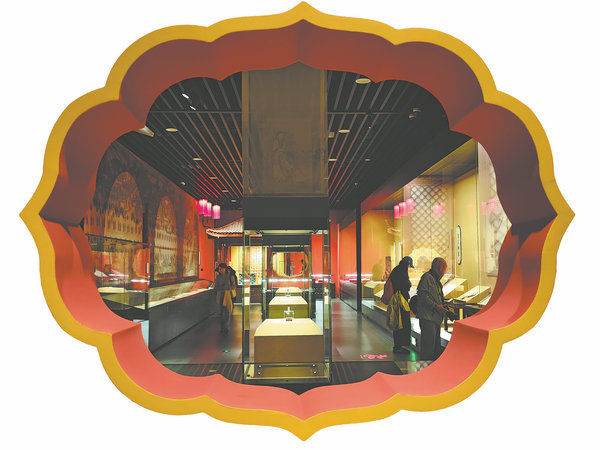

The combination of archives and artifacts, such as a pen, a candlestick and a cup used by emperors specially for this ceremony, is highlighted at the exhibition Rui Yi Shi Quan (Perfect Ten): A Joint Showcase of Imperial Archives and Treasures, which kicked off on Oct 11.
Jointly organized by the Palace Museum in Beijing and the Archives, the exhibition commemorates the centenary of both institutions, which have a shared origin.
On Oct 10, 1925, the Forbidden City, the former imperial complex of the Ming (1368-1644) and Qing dynasties, was transformed into a public cultural institution known as the Palace Museum. Its literature department, then responsible for managing the historical archives the Qing court left behind, has evolved into the present-day First Historical Archives of China, collecting more than 10 million archives from the Ming and Qing eras.
Through a display of 100 archives and artifacts, curators tell stories of 10 positive aspects of individual life, society, and even the nation. These include achievements in keju, or the imperial civil service examination system, the bond of friendship, the pursuit of health, and festive celebrations in the Qing court. The narratives are brought to life by presenting these closely related artifacts and archives.